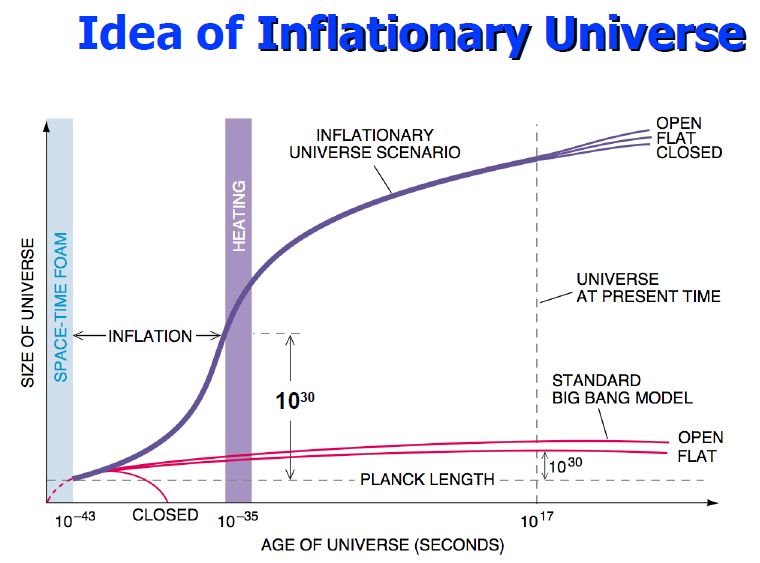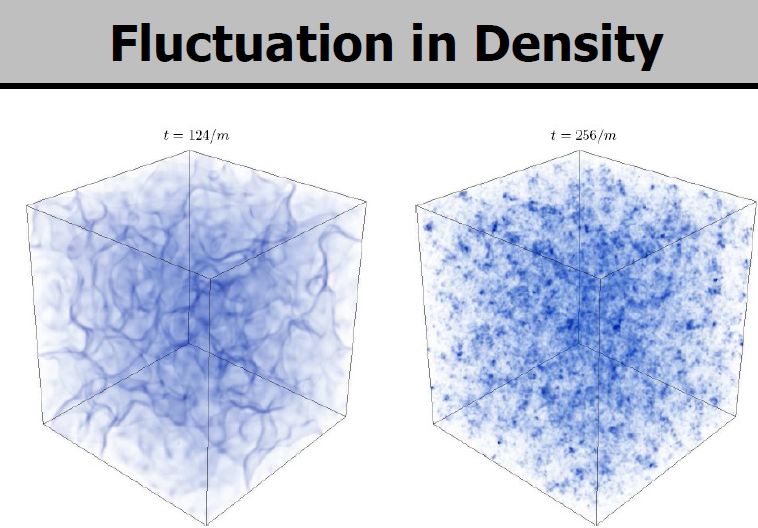Cosmic Inflation
Feb 27, 2019 • 518 views
The early universe according to the big bang and the grand unified theories is discussed. The shortcomings of the big bang are summarized together with their resolution by inflationary cosmology. Inflation, the subsequent oscillation, and decay of the inflation, and the resulting `reheating' of the universe are studied. The density perturbations produced by inflation and the temperature fluctuations of the cosmic background radiation are sketched. The hybrid inflationary model is described. Two `natural' extensions of this model which avoid the disaster encountered in its standard realization from the overproduction of monopolies are presented.
What is inflation?
When the universe expands exponentially at the end of the grand unification epoch, 10-36 seconds after the Big Bang, driven by a negative-pressure vacuum energy density. Time range of inflation or inflationary epoch is 10-36 seconds and then the Big Bang singularity formed afterward between 10-33 to 10-32 seconds.The universe continues to expand ever since the big bang only at a less rapid rate.

The basic idea behind inflation is repulsion due to dark energy that is causing the universe to expand; general relativity theory predicted the outcome as the only thing needed is a material with negative pressure. According to modern particle theory particle with negative pressure can easily be constructed out of the field which exists according to calculations.
By putting together these two ideas — the fact that particle physics gives us states with negative pressures, and that general relativity tells us that those states cause a gravitational repulsion — we reach the origin of the inflationary theory.
Effects of Inflation:
·The inflammation mechanics flattens entirely, as the mass density of the universe today is at a critical value if makes it geometrically flat. Half a decade earlier none of the astronauts would have believed this theory cause when they see the visible matter is only 1% of what is needed to make our whole universe flat. Dark matter (matter that's inferred to exist because of the gravitational effecton visible matter) is the only answer to this question because it must be 5-10% of the visible matter present necessary to hold the galaxies together as they are spin at a high velocity.

·The effects of inflation will include density perturbation, one of an amazing characteristic of inflation because by stretching everything that is present in the universe it will smoothen completely the non- uniformities that were once present in it.
